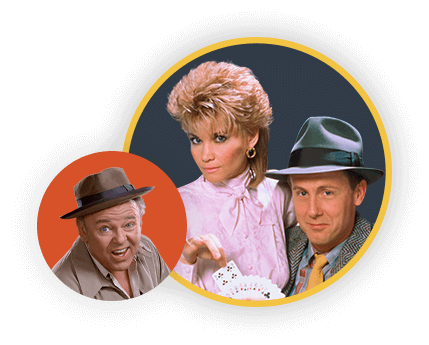How one hip coffee shop on the Sunset Strip had heavy influence on the Monkees

In September 1965, an ad ran in the pages of Tinseltown trade publications Daily Variety and The Hollywood Reporter. It read:
Madness!!
Auditions
Folk & Roll Musicians-Singers
for acting roles in new TV series.
Running parts for 4 insane boys, age 17–21
Want spirited Ben Frank's-types.
Have courage to work.
Must come down for interview.
Creators Bob Rafelson and Bert Schneider were crafting a fresh television series inspired by Beatlemania. The duo's original plan was to simply cast an existing rock group. Rafelson and Schneider eyed the Lovin' Spoonful as their potential small-screen stars. After all, that vital band chemistry was there, as well as some hit songs. But there was the rub. The Lovin' Spoonful was loath to cede its song rights to a studio.
 The original personal ad seeking Monkees
The original personal ad seeking MonkeesSo Rafelson and Schneider opted to create a "Faux Four" out of thin air. Hence the ad seeking "Ben Frank's-types." They would become the Monkees.
What the heck are "Ben Frank's-types," you might be asking. No, it is not jazz slang for mod dudes who dress like Benjamin Franklin. (Paul Revere and the Raiders already corned that market.)
Any local Los Angeles teen would have known the importance of Ben Frank's Coffee Shop. The diner opened on Sunset Boulevard in West Hollywood in 1952. Arthur Simms and Bob Ehrman owned and operated the joint, which quickly became the de facto hangout for the Sunset Strip scene. When local clubs closed for the night, kids congregated at Ben Frank's for coffee and chat. Purchasing a cheap cup of joe was enough to allow one to sit in the place for hours.
Soon enough, rock & roll luminaries became regulars. Fans could brush shoulders with celebrities like the Rolling Stones and Andy Warhol.
 AP Photo / George BrichTeens hang out in Ben Frank's circa 1966.
AP Photo / George BrichTeens hang out in Ben Frank's circa 1966.Legend has it that Buffalo Springfield formed in the parking lot of Ben Frank's. Whether that's true or not, the band certain had its history tied to the coffee shop.
For starters, Stephen Stills was one of those "Ben Frank's-types" who auditioned to become one of the Monkees. He did not get the gig, obviously, but he did recommend that his buddy Peter Tork try out for a role. Thanks for that!
In November 1966, mere months after The Monkees had premiered on network television, Ben Frank's became the epicenter of an infamous incident. Loads of local teens rebelled again the enforced curfew and took to the street. The "Curfew Riots" became a hot topic of booming Boomer revolution.
 AP Photo Teens take to the streets in the November '66 ''Curfew Riots.''
AP Photo Teens take to the streets in the November '66 ''Curfew Riots.''Buffalo Springfield, inspired by the events of the evening, wrote a song about the Curfew Riots that bloomed from Ben Frank's. They called the tune "For What It's Worth."
The pioneering folk-rock band would have more entanglement with the Monkees beyond an audition. Both Stills and Neil Young played guitar on several Monkees tracks. Young's fretwork can be heard on cuts such as "As We Go Along" and "You and I". Stills jammed on "Long Title: Do I Have to Do This All Over Again?", a tune penned by his old pal Peter Tork.
Ben Frank's closed in 1996. Today, the structure, a beautiful example of futuristic midcentury "Googie architecture," still stands. It is the home of Mel's Drive-In.




